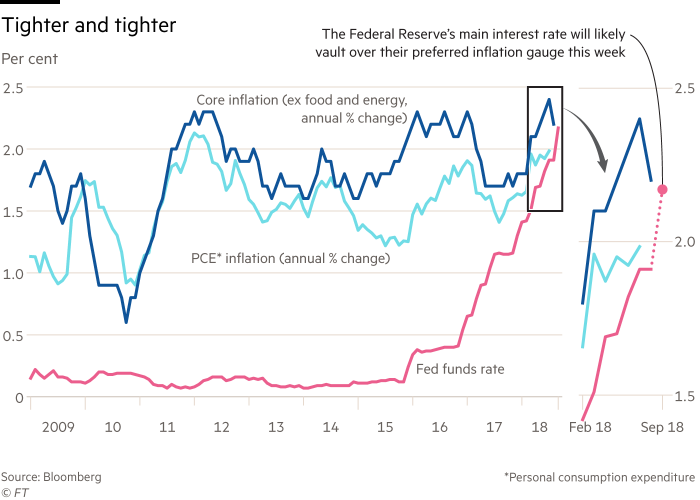S&P Dow Jones Indices (S&P DJI) today released the latest results for the S&P CoreLogic Case-Shiller Indices, the leading measure of U.S. home prices. Data released today for April 2021 show that home prices continue to increase across the U.S. More than 27 years of history are available for the data series, and can be accessed in full by going to https://www.spglobal.com/spdji/.
YEAR-OVER-YEAR
The S&P CoreLogic Case-Shiller U.S. National Home Price NSA Index, covering all nine U.S. census divisions, reported a 14.6% annual gain in April, up from 13.3% in the previous month. The 10-City Composite annual increase came in at 14.4%, up from 12.9% in the previous month. The 20-City Composite posted a 14.9% year-over-year gain, up from 13.4% in the previous month.
Phoenix, San Diego, and Seattle reported the highest year-over-year gains among the 20 cities in April.
Phoenix led the way with a 22.3% year-over-year price increase, followed by San Diego with a 21.6% increase and Seattle with a 20.2% increase. All 20 cities reported higher price increases in the year ending April 2021 versus the year ending March 2021.
The charts on the following page compare year-over-year returns of different housing price ranges (tiers) for Phoenix and San Diego.
MONTH-OVER-MONTH
Before seasonal adjustment, the U.S. National Index posted a 2.1% month-over-month increase, while the 10-City and 20-City Composites both posted increases of 1.9% and 2.1% respectively in April. After seasonal adjustment, the U.S. National Index posted a month-over-month increase of 1.6%, and the 10-City and 20-City Composites both posted increases of 1.4% and 1.6% respectively. In April, all 20 cities reported increases before and after seasonal adjustments.
ANALYSIS
“Housing prices accelerated their surge in April 2021,” says Craig J. Lazzara, Managing Director and Global Head of Index Investment Strategy at S&P DJI. “The National Composite Index marked its eleventh consecutive month of accelerating prices with a 14.6% gain from year-ago levels, up from 13.3% in March. This acceleration is also reflected in the 10- and 20-City Composites (up 14.4% and 14.9%, respectively). The market’s strength is broadly-based: all 20 cities rose, and all 20 gained more
in the 12 months ended in April than they had gained in the 12 months ended in March.
“April’s performance was truly extraordinary. The 14.6% gain in the National Composite is literally the highest reading in more than 30 years of S&P CoreLogic Case-Shiller data.
Housing prices in all 20 cities rose; price gains in all 20 cities accelerated; price gains in all 20 cities were in the top quartile of historical performance. In 15 cities, price gains were in top decile. Five cities – Charlotte, Cleveland, Dallas, Denver, and Seattle – joined the National Composite in recording their all-time highest 12-month gains.
“We have previously suggested that the strength in the U.S. housing market is being driven in part by reaction to the COVID pandemic, as potential buyers move from urban apartments to suburban homes.
April’s data continue to be consistent with this hypothesis. This demand surge may simply represent an acceleration of purchases that would have occurred anyway over the next several years. Alternatively, there may have been a secular change in locational preferences, leading to a permanent shift in the demand curve for housing. More time and data will be required to analyze this question.
“Phoenix’s 22.3% increase led all cities for the 23rd consecutive month, with San Diego (+21.6%) and Seattle (+20.2%) providing strong competition. Although prices were strongest in the West (+17.2%) and Southwest (+16.9%), every region logged double-digit gains.”
SUPPORTING DATA
The chart below depicts the annual returns of the U.S. National, 10-City Composite and 20-City Composite Home Price Indices. The S&P CoreLogic Case-Shiller U.S. National Home Price NSA Index, which covers all nine U.S. census divisions, recorded a 14.6% annual gain in April 2021. The 10-City and 20-City Composites reported year-over-year increases of 14.4% and 14.9% respectively.
The following chart shows the index levels for the U.S. National, 10-City and 20-City Composite Indices. As of April 2021, average home prices for the MSAs within the 10-City and 20-City Composites are exceeding their winter 2007 levels.
Table 1 below shows the housing boom/bust peaks and troughs for the three composites along with the current levels and percentage changes from the peaks and troughs.
2006 Peak 2012 Trough Current
Index Level, Date, Level, Date, From Peak (%), Level, From Trough (%), From Peak (%)
National 184.61 Jul-06 134.00 Feb-12 -27.4% 249.04 85.9% 34.9%
20-City 206.52 Jul-06 134.07 Mar-12 -35.1% 257.10 91.8% 24.5%
10-City 226.29 Jun-06 146.45 Mar-12 -35.3% 270.21 84.5% 19.4%
Table 2 below summarizes the results for April 2021. The S&P CoreLogic Case-Shiller Indices could be revised for the prior 24 months, based on the receipt of additional source data.
April 2021, April/March, March/February, 1-Year
Metropolitan Area Level, Change (%), Change (%), Change (%)
Atlanta 177.59 1.7% 1.8% 12.3%
Boston 267.60 2.5% 2.6% 16.2%
Charlotte 196.89 2.4% 2.6% 15.0%
Chicago 160.29 1.9% 1.7% 9.9%
Cleveland 147.79 1.9% 1.6% 13.3%
Dallas 226.77 2.9% 2.8% 15.9%
Denver 265.83 2.7% 3.3% 15.4%
Detroit 147.70 2.2% 1.3% 13.3%
Las Vegas 225.33 2.5% 2.3% 12.5%
Los Angeles 339.18 1.8% 2.4% 14.7%
Miami 287.84 2.4% 1.9% 14.2%
Minneapolis 206.33 2.2% 1.8% 11.3%
New York 232.01 0.8% 0.8% 13.5%
Phoenix 252.55 3.3% 3.4% 22.3%
Portland 283.79 2.1% 2.6% 15.4%
San Diego 331.47 3.2% 3.4% 21.6%
San Francisco 317.81 3.1% 3.3% 15.1%
Seattle 324.88 3.1% 4.7% 20.2%
Tampa 266.20 2.3% 1.9% 15.4%
Washington 273.10 2.3% 2.1% 13.6%
Composite-10 270.21 1.9% 2.0% 14.4%
Composite-20 257.10 2.1% 2.2% 14.9%
U.S. National 249.04 2.1% 2.0% 14.6%
Sources: S&P Dow Jones Indices and CoreLogic
Data through April 2021




